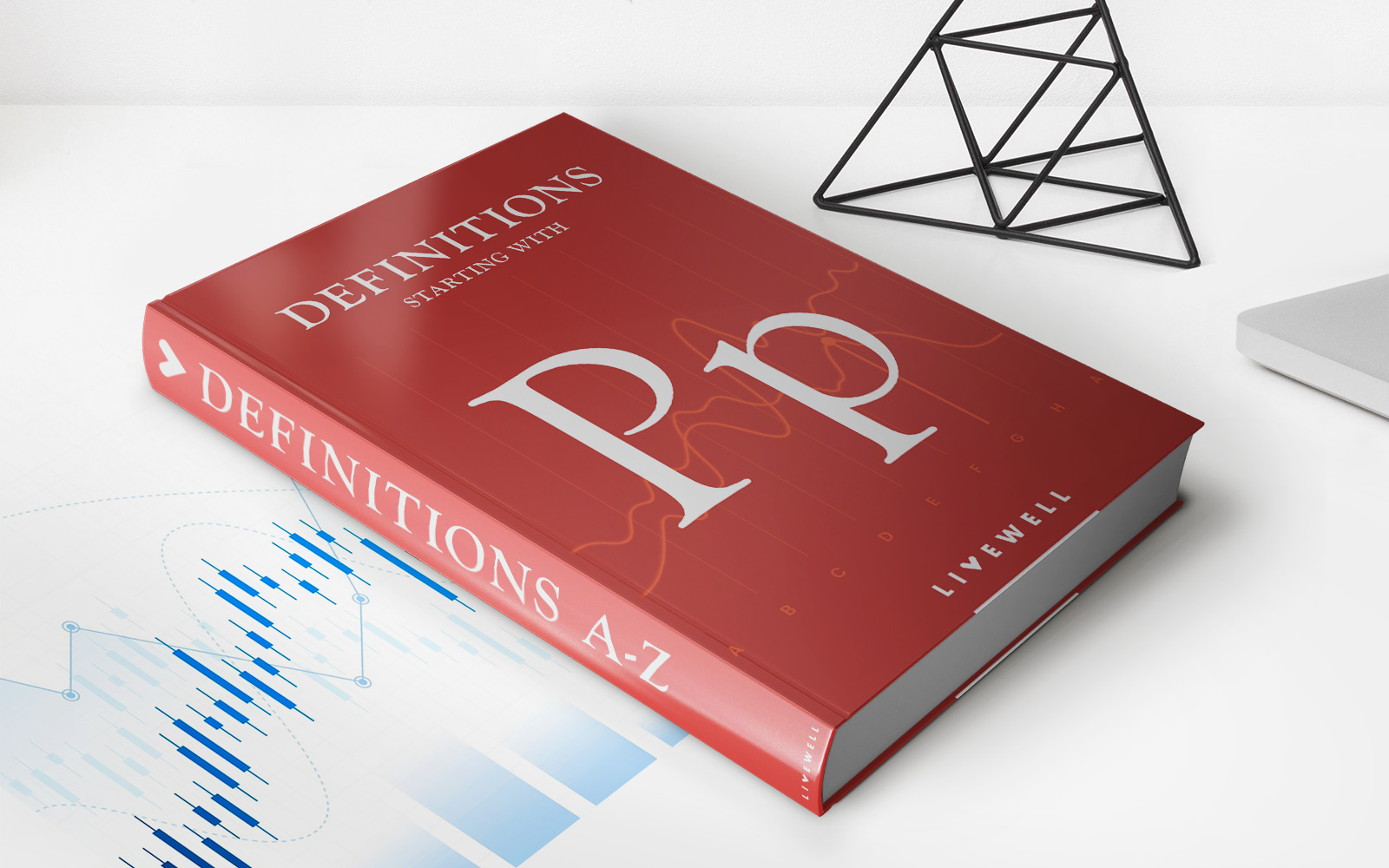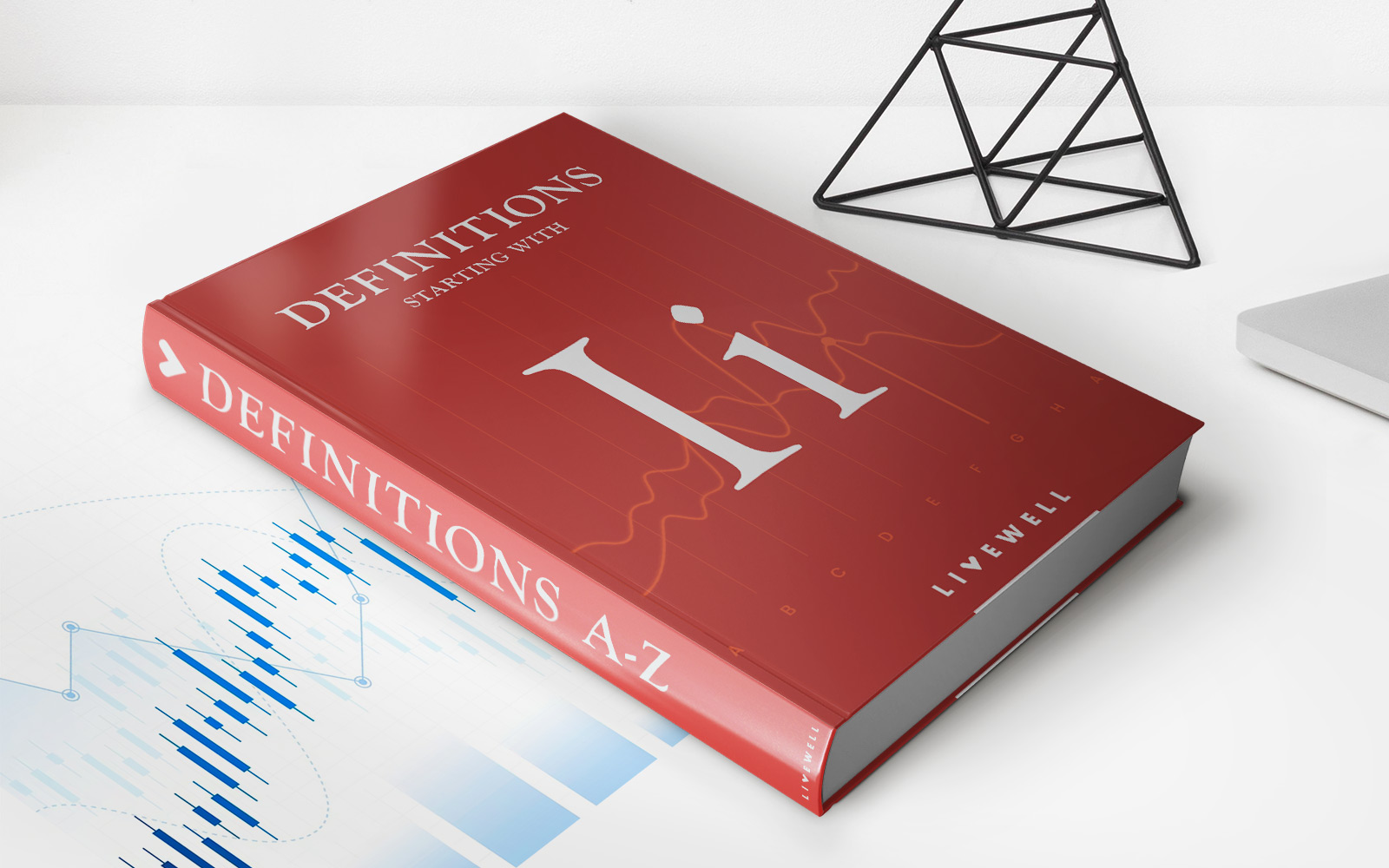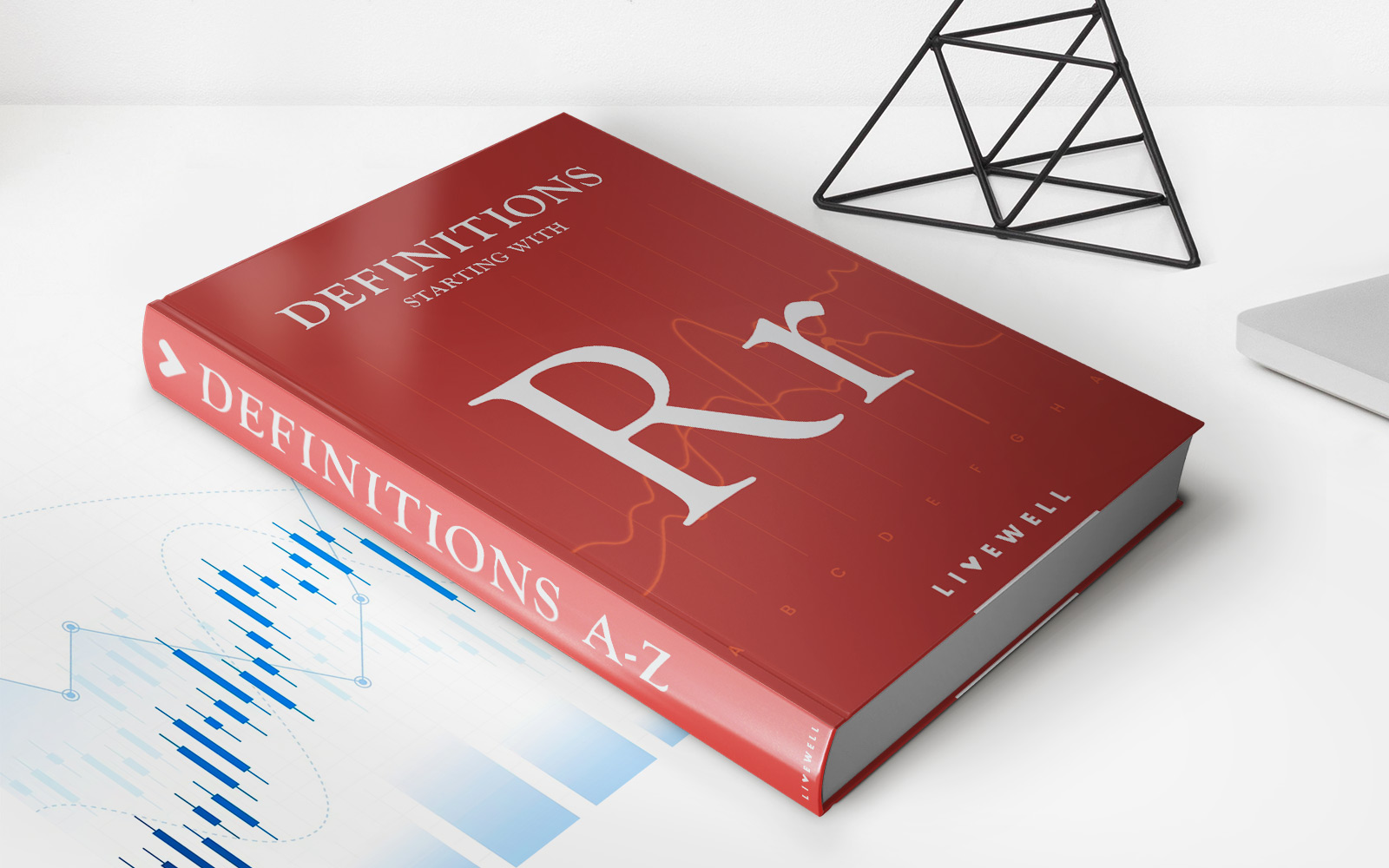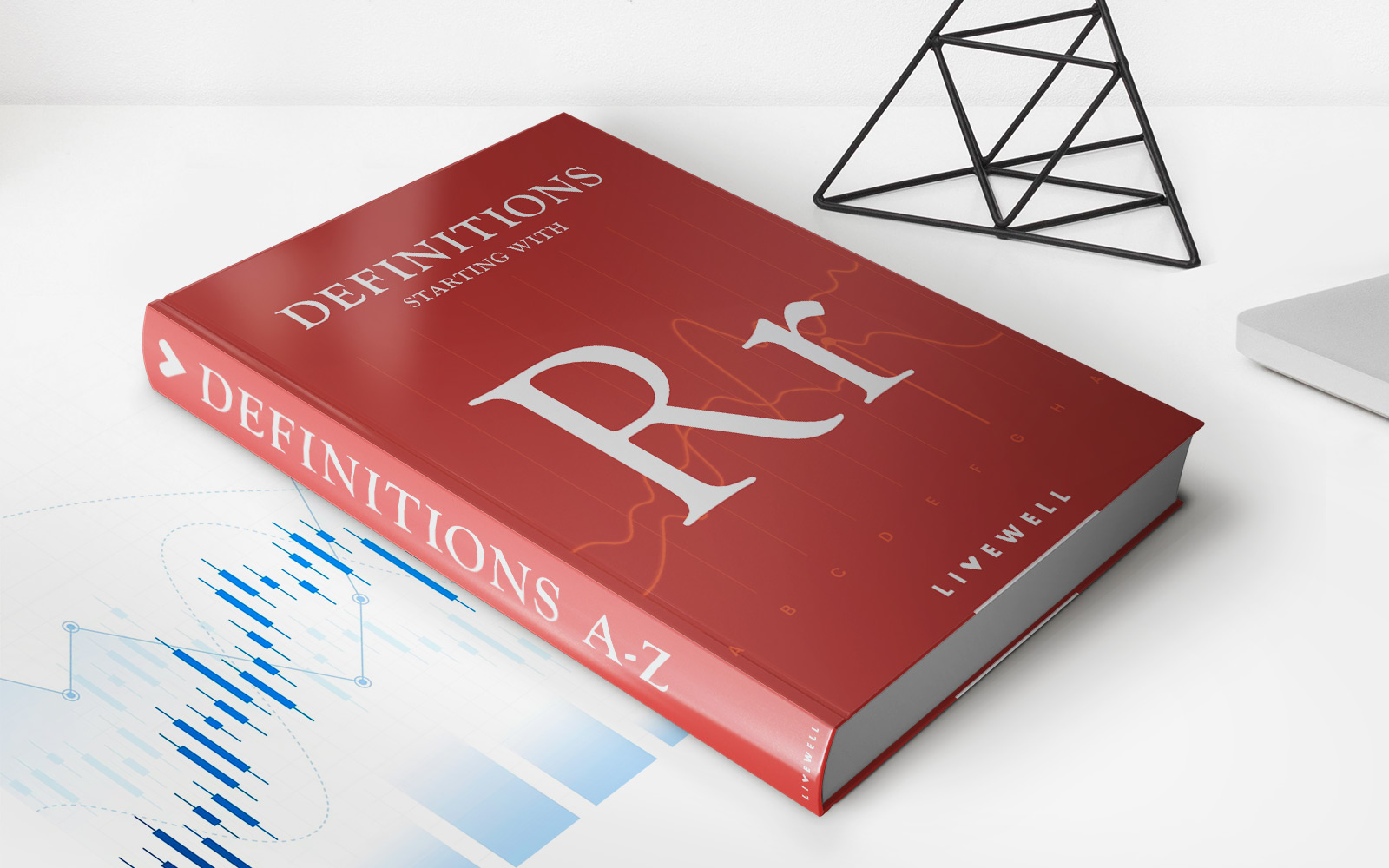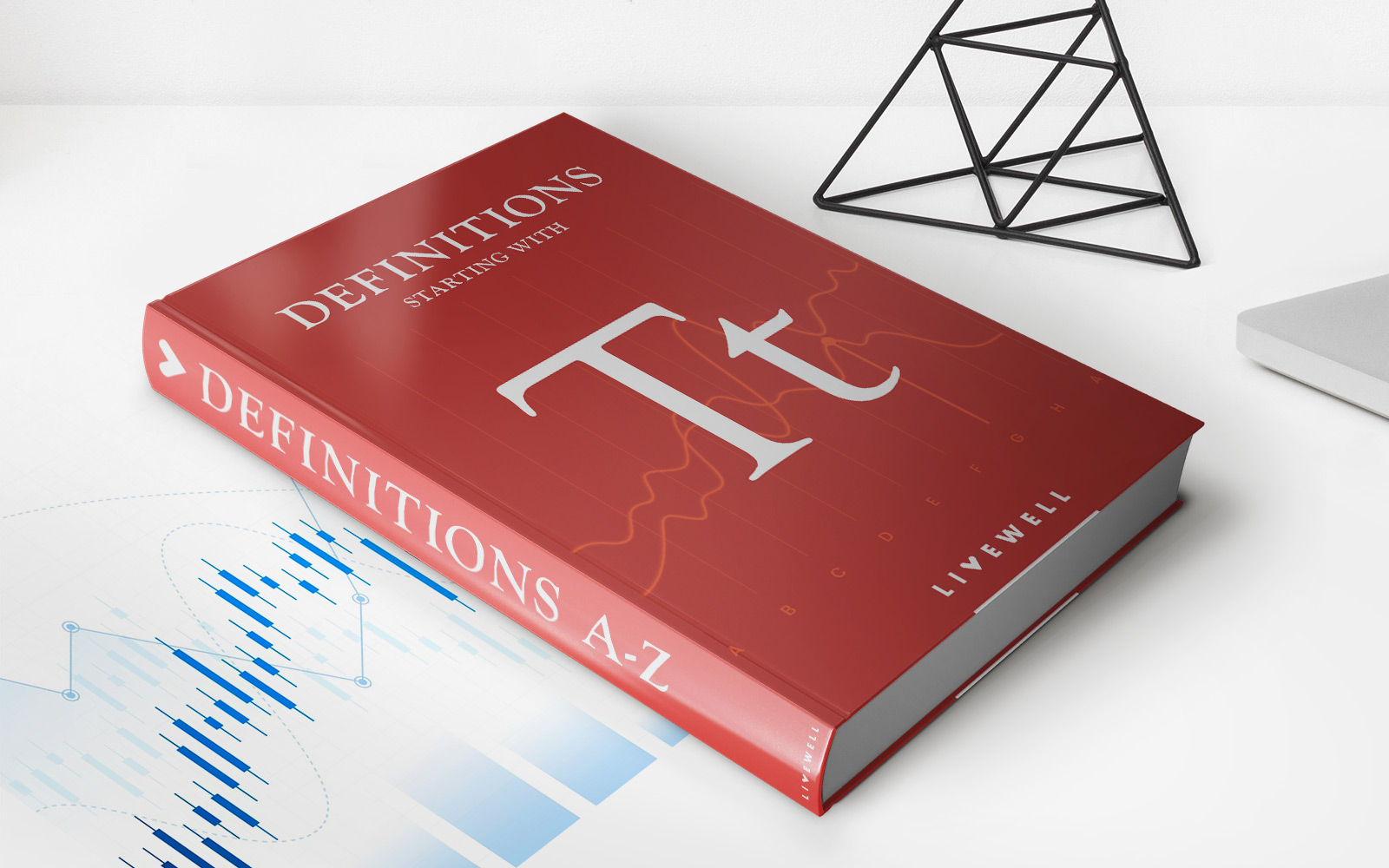Home>Finance>Credit Risk: Definition, Role Of Ratings, And Examples


Finance
Credit Risk: Definition, Role Of Ratings, And Examples
Published: November 5, 2023
Learn the definition of credit risk & the role of ratings in finance. Explore examples to understand its impact on investments & financial institutions.
(Many of the links in this article redirect to a specific reviewed product. Your purchase of these products through affiliate links helps to generate commission for LiveWell, at no extra cost. Learn more)
The Role of Credit Risk in Finance: Definition, Role of Ratings, and Examples
When it comes to financial management, credit risk plays a pivotal role. But what exactly is credit risk, and why is it so significant? In this blog post, we will explore the definition of credit risk, delve into the role of credit ratings, and provide real-life examples to illustrate its importance in the world of finance.
Key Takeaways:
- Credit risk refers to the potential loss that lenders or investors may face if a borrower fails to repay their debt or fulfill their financial obligations.
- Credit ratings are crucial tools used by financial institutions to assess the creditworthiness of individuals, companies, or countries and determine the level of risk associated with lending them funds.
What is Credit Risk?
Credit risk can be defined as the possibility that a borrower or counterparty will fail to meet their financial obligations, resulting in a loss to the lender or investor. This risk arises when there is uncertainty regarding the repayment of loans, interest, or other forms of credit extended to individuals, businesses, or even governments.
In simple terms, credit risk is the chance that borrowed money may not be repaid as agreed, leading to financial losses for the lender. It arises when there are factors such as borrower default, bankruptcy, or other unforeseen circumstances that prevent the borrower from fulfilling their financial obligations.
The Role of Ratings in Credit Risk Assessment
Given the potential risks associated with lending money, financial institutions and investors need reliable tools to assess the creditworthiness of their borrowers. This is where credit ratings come into play.
Credit ratings are scores assigned to borrowers by credit rating agencies that measure their ability to repay debt. These agencies analyze various factors, including the borrower’s financial history, income, assets, and overall financial stability, to assign a rating.
The role of credit ratings is crucial as they provide lenders and investors with a standardized and easily understandable measure of risk. They help these stakeholders make informed decisions and set appropriate interest rates, repayment terms, and lending limits. Higher-rated borrowers are considered less risky, while lower-rated borrowers are seen as carrying more credit risk.
Real-Life Examples of Credit Risk
To further understand credit risk, let’s explore a couple of real-life examples:
- Credit Card Debt: When individuals fail to make minimum payments on their credit card debt, it can lead to defaults. This poses credit risk to the credit card issuer, as they may face financial losses if the debt is not repaid.
- Corporate Bond Defaults: Companies that issue bonds to raise capital are susceptible to credit risk. If a company’s financial situation deteriorates, it may have difficulty repaying the bondholders, resulting in a default. This can lead to significant losses for the investors.
These examples demonstrate how credit risk is present in everyday financial transactions, emphasizing the importance of managing and mitigating this risk effectively.
In Conclusion
Credit risk plays a critical role in the world of finance. Whether you are an individual, a business, or a financial institution, understanding and managing credit risk is essential for sustainable financial management. Credit ratings provide a standardized measure of risk and help lenders and investors make informed decisions. By considering credit risk factors and using tools like credit ratings, stakeholders can minimize potential losses and make sound financial choices.
